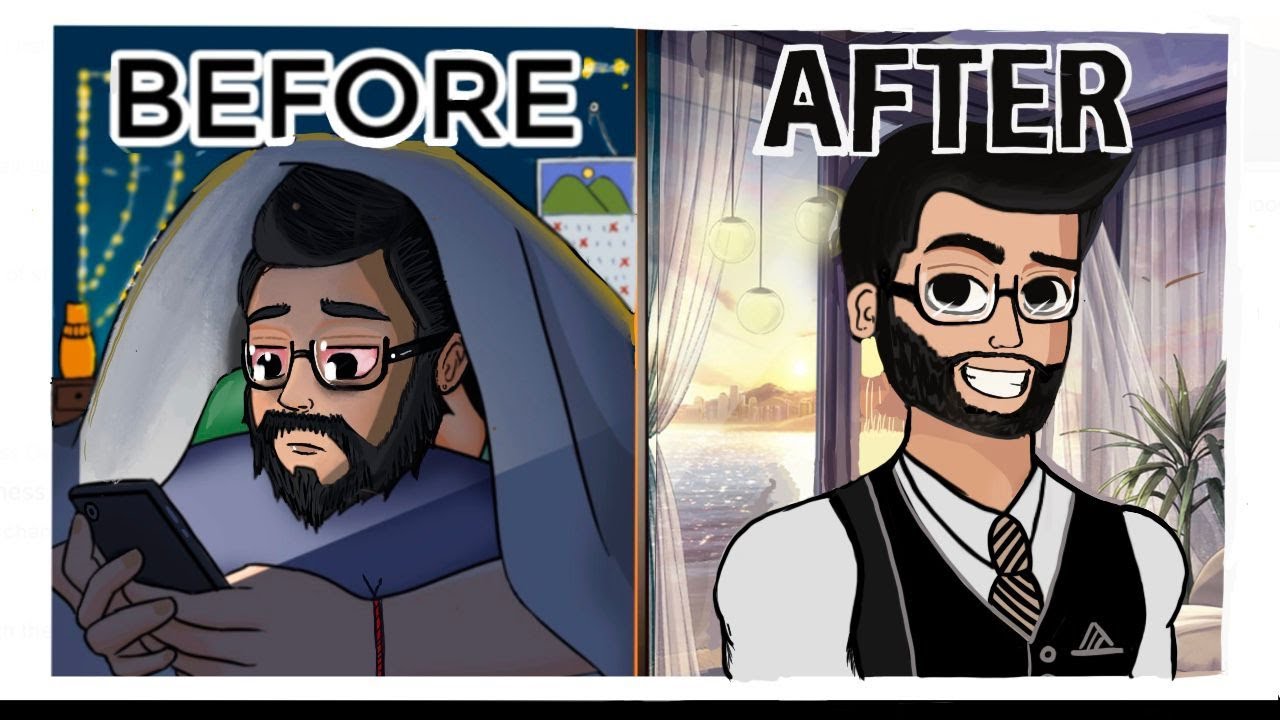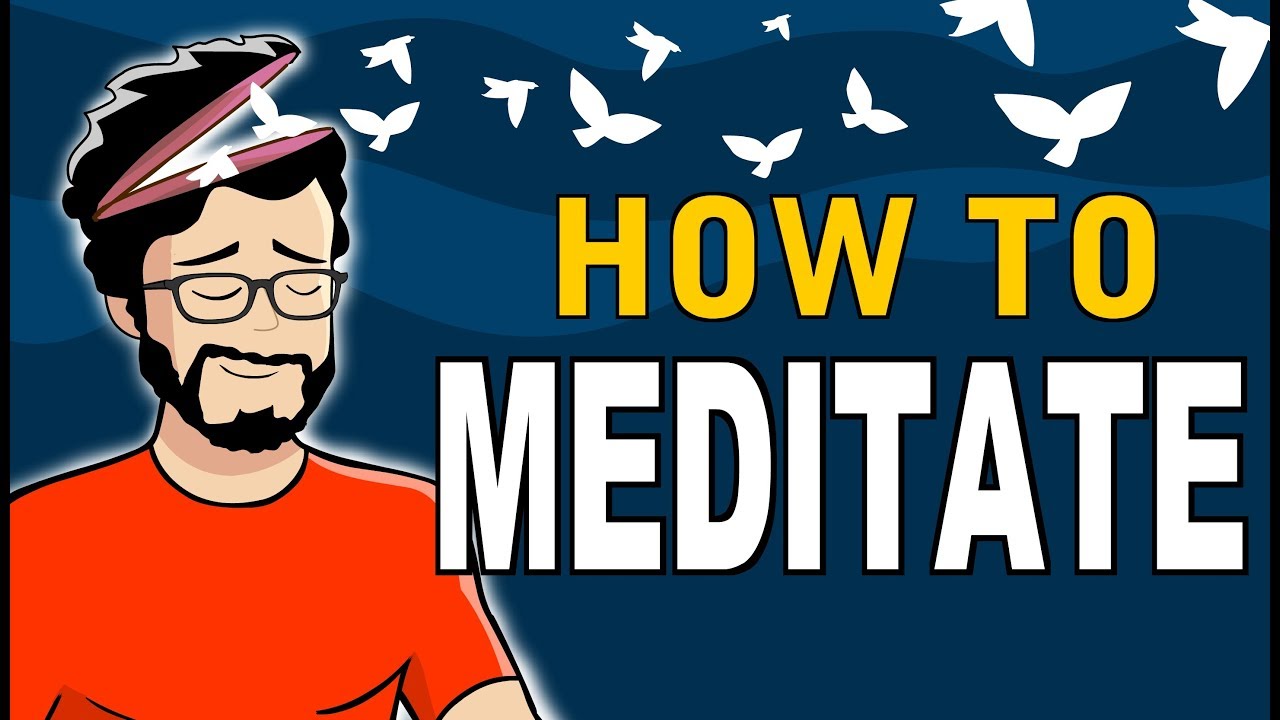Mitch Manly Animated Self-Help Videos: A New Avenue for Personal Growth
In the bustling world of self-help content, where motivational speakers, books, and seminars abound, there emerges a refreshing and innovative approach to personal development: Mitch Manly Animated Self-Help Videos. Combining the power of animation with timeless wisdom and practical advice, these videos offer a unique and engaging way to navigate life’s challenges and pursue self-improvement.
Mitch Manly, the creator behind these animated gems, is no stranger to the self-help scene. With a background in psychology and a passion for helping others, Mitch embarked on a mission to distill complex concepts into bite-sized, easily digestible nuggets of wisdom. What sets Mitch apart is his ability to blend humor, empathy, and profound insights into his content, making it not only educational but also entertaining.
The decision to use animation as the medium for his self-help videos was a stroke of brilliance. Animation provides a canvas for limitless creativity, allowing Mitch to visualize abstract ideas, depict scenarios, and create memorable characters that resonate with viewers. Whether it’s illustrating the importance of resilience through a bouncing ball metaphor or personifying self-doubt as a pesky gremlin, Mitch’s animations breathe life into the concepts he explores.
One of the key advantages of Mitch Manly’s approach is its accessibility. Traditional self-help materials can sometimes be intimidating or overwhelming, filled with jargon or presented in a dense format. However, Mitch’s videos break down complex psychological principles into simple, relatable terms that anyone can understand. Whether you’re a seasoned self-help enthusiast or a newcomer to the world of personal development, there’s something for everyone in Mitch’s content.
Moreover, the use of animation opens up possibilities for reaching a wider audience, including younger viewers who might not be drawn to conventional self-help resources. By infusing his videos with humor and visual storytelling, Mitch captures the attention of viewers of all ages, making the journey of self-discovery feel less daunting and more enjoyable.
But Mitch Manly’s appeal goes beyond just the medium of animation. At the heart of his videos lies a genuine desire to help people improve their lives. Each video is meticulously crafted to address common struggles such as overcoming fear, building confidence, and cultivating resilience. Mitch draws from a rich tapestry of psychological research, personal experiences, and timeless wisdom to offer practical advice that resonates with his audience.
What sets Mitch Manly Animated Self-Help Videos apart is their ability to inspire action. It’s one thing to passively consume motivational content, but Mitch encourages viewers to take tangible steps towards personal growth. Whether it’s setting goals, practicing gratitude, or challenging limiting beliefs, Mitch empowers his audience to become active participants in their own journey towards self-improvement.
In a world saturated with self-help gurus and motivational speakers, Mitch Manly stands out as a beacon of authenticity and creativity. Through his animated self-help videos, he invites viewers to embark on a journey of self-discovery, armed with laughter, insight, and practical tools for personal growth. So, if you’re looking for a fresh perspective on self-improvement, why not join Mitch Manly’s animated adventure? After all, the first step towards a better life might just be a click away.


